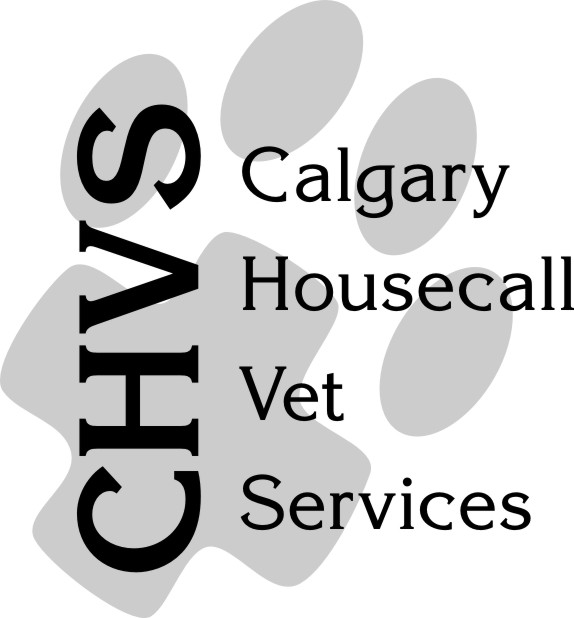Should veterinary dentistry be performed in the home?
The short answer is no. But first, let’s go through some of the basics of veterinary dentistry.
What is veterinary dentistry?
Quite simply, it is the field of dentistry applied to the care of animals. It encompasses diagnosis, prevention and treatment of the oral cavity and its associated structures as it relates to animals.
Who can practice veterinary dentistry?
In both Canada and the United States only licensed veterinarians can practice veterinary dentistry. A position statement from the AVDC (American Veterinary Dental College) outlines that anyone providing veterinary dental services other than a licensed veterinarian, or a supervised and trained veterinary technician, is practicing veterinary medicine without a license and can be subject to criminal charges (you can read more by visiting http://www.avdc.org).
What are the signs of oral and dental disease?
- Drooling
- Dropping food from the mouth
- Bleeding from the mouth
- Teeth that are broken or discolored
- Loose teeth
- Rubbing/pawing at the mouth
- Sore mouth (your pet shies away from you when the mouth area is touched)
Why shouldn’t veterinary dentistry be performed in the home?
Because veterinary dentistry should be performed under general anesthesia which cannot be performed inside the home. You may have heard of anesthesia-free dentistry, which the AVDC refers to as Non-Professional Dental Scaling (NPDS). However, there are many reasons why performing NPDS on an unanesthetized pet is inappropriate. Reasons include:
- This type or procedure does not allow for cleaning beneath the gum line (subgingival)
- Does not allow one to identify periodontal disease subgingivally or identify problems before they become painful and/or expensive to treat
- A proper professional cleaning is not accomplished as subgingival cleaning has not been performed (disease is not limited to the crowns of the teeth)
- Oral exam in a conscious animal can only yield limited information and a thorough oral exam can only be performed under general anesthesia.
- If hand scaling has been performed without polishing then grooves on the crowns of the teeth where scaling took place leaves a rough surface for bacteria to adhere too
- Intra-oral radiographs (x-rays) cannot be performed in a conscious animal. Hidden periodontal disease/pathology under the gum line would remain undetected and untreated. See below for the benefits of dental x-rays
Please refer to the AVDC’s position paper on NPDS at http://www.avdc.org/dentalscaling.html for more details.
A pet under anesthesia also allows for dental radiographs (x-rays). The importance of dental x-rays includes:
- Detection of hidden dental pathology under the gum line
- Owners can see the pathology and understand the need for treatment
- Early detection of pathology (diagnose, treat and manage disease earlier)
- Avoiding causing more trauma to the jaw if a pathological fracture is already present due to the severity of oral disease
What about sedation dentistry?
Be aware that sedation is not the same as full anesthesia. A sedated pet does not lose full consciousness and will still feel pain and discomfort that can occur while cleaning is done beneath the gum line. Sedation dentistry can create a scenario of unsafe practice standards. A statement from the ABVMA (Alberta Veterinary Medical Association) in section 2c of the PIPS (Practice Inspection and Practice Standards) bylaws outlines that sedation to perform small animal dentistry is prohibited in small animal housecall practices. This kind of practice can place both the patient and veterinarian at risk especially if the patient has inadequate sedation/relaxation for the procedure to be performed. If the patient does not have a protected airway (a tube placed in the windpipe to provide oxygen) there is danger of aspiration, or even worse the patient stops breathing.
Conclusion:
If veterinary dentistry cannot be performed correctly then this procedure should not be done at all as it could lead to the creation of more problems, such as: fracturing of the jaw, breaking of teeth during extraction, leaving roots behind which can lead to chronic pain and abscess development, missing periodontal disease under the gum line, and leaving problems undetected and untreated contributing to chronic pain.
Prevention Tips
People brush their teeth twice a day or more to keep their teeth healthy. Cats and dogs need daily brushing too. Granted not everyone has the time to brush their pets’ teeth daily, so even if you could perform this 3-4 times a week your pet would benefit. Never use human toothpaste due to the fluoride content but there are pet toothpastes available which can be purchased from your veterinarian or a pet store.
For video demonstrations on how to brush your cats’ teeth please check out this link http://partnersah.vet.cornell.edu/pet-owners/cat-teeth/entire-video.
For dogs: http://on.aol.ca/video/how-to-brush-your-dogs-teeth-19141070
References:
- Alberta Vet Medical Association (http://www.abvma.ca)
- American Veterinary Dental College (http://www.avdc.org)
- Canadian Veterinary Medical Association (http://www.canadianveterinarians.net/documents/veterinary-dentistry)

Please visit the Contact Me page to make an appointment by clicking the link at the top of the page or by clicking here.
